
Gibraltar history and facts
in more detail
Gibraltar is an overseas territory of the United
Kingdom.
It is located in south-western Europe adjoining the
southern coast of Spain, a strategic location on the
Strait of Gibraltar that links the North Atlantic Ocean
and Mediterranean Sea.
Capital; (Gibraltar)
Area; 6.5 kmē
Population; 27,776 (2003 Estimate)
Currency; Gibraltar Pound (ISO 4217: GIP)
Time zone; - in summer CET (UTC+1), CEST (UTC+2)
Internet TLD; .gi
Calling Code; 350 (except in Spain)
Evidence of human inhabitation of the Rock dates back
to the Neanderthals.
A Neanderthal skull was discovered in St. Michael's
Cave in the nineteenth century, indeed prior to the
"original" discovery in the Neander Valley.
The Phoenicians are known to have visited the Rock circa
950 BC and named the Rock Calpe.
The Carthaginians also visited, however neither group
appears to have settled permanently.
Plato refers to Gibraltar as one of the Pillars of Hercules
along with Jebel Musa or Monte Hacho on the other side
of the Strait.
Gibraltar was next visited by the Romans. Again no permanent
settlement was established.
Tariq ibn Ziyad, leader of the Berbers, landed at the
southern point of the Rock from present-day Morocco
in his quest for Spain. The mountain was named Jebel
Tariq (Tariq's mountain). Over time the final syllable
was dropped from the name and corrupted to Gibraltar.
Today, Gibraltar is also known colloquially as 'Gib'
or 'the Rock'.
In 1160 Abdul Maman ordered that a permanent settlement,
including a castle be built.
The main tower of this castle remains standing today.
An Anglo-Dutch force led by Sir George Rooke seized
the Rock in 1704.
The territory was ceded to Great Britain by Spain in
the 1713 Treaty of Utrecht.
Despite early attempts by the Spanish to retake it,
most notably in the Great Siege of 1783, the Rock has
remained British ever since.
During the Second World War the residents of Gibraltar
were evacuated and the Rock was turned into a fortress
again. After the war the residents returned.
In 1954 Queen Elizabeth II visited Gibraltar. This prompted
Spain, which was then led by the dictator Generalissimo
Franco to renew its claim to sovereignty, which had
lain dormant for over one hundred and fifty years.
The somewhat disputed status of Gibraltar gives its
inhabitants a great deal of national pride.
As an overseas territory of the UK, Gibraltar has had
considerable internal self-government since the introduction
of its present constitution in 1969. The Governor of
Gibraltar, appointed by Queen Elizabeth II, is responsible
for defence, foreign relations, internal security and
financial stability. All other matters, defined as 'domestic',
are the responsibility of the Council of Ministers,
with the leader of the majority party in the elected
House of Assembly appointed as Chief Minister.
The issue of sovereignty continues to dominate Gibraltarian
politics.
Spain continues to claim sovereignty over the teritory,
and the British Government, whilst stating that no change
would take place without the consent of the people of
Gibraltar, in 2002 accepted the principle of joint sovereignty
between the United Kingdom and Spain.
All Gibraltarian political parties, and the main UK
opposition parties oppose this move, instead preferring
to support self-determination for the Gibraltarian nation.
Its climate is Mediterranean with mild winters and warm
summers.
Its terrain is a narrow coastal lowland bordering the
426-metre-high Rock of Gibraltar.
It has negligible natural resources and limited natural
freshwater resources, until recently using large concrete
or natural rock water catchments to collect rain water.
It now has a desalination plant soon to be replaced
by a reverse osmosis plant (currently operational) built
into the rock itself.
The growing demand for space is being increasingly met
by land reclamation, which comprises approximately one
tenth of the territory's total area.
The Rock itself is made of limestone and is 1,396 feet
(426 metres) high.
The economy is dominated by offshore banking and tourism.

Excerpted from Wikipedia, the free encyclopaedia.
All text is available under the terms of the
GNU Free Documentation License
This page was updated and correct December 2004. E.
& O.E.

On our way to Timbuctu or Tombouctou as it is
locally called, Hui Chin and I decided to have a good
'nosey' around Gibraltar.
Well it was there asking for it, we never been there
and wanted to add another notch/island to our island
hopping sojourn.
While we were there we went up to the top by the Gondola
and played with the monkeys.
The city's main and surrounding streets were very busy
with tourist while we were there.

Some of my
photos of Gibraltar (Click to enlarge)
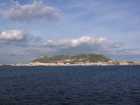 |
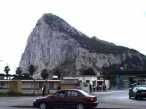 |
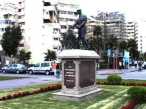 |
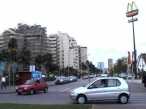 |
| Gibraltar |
Gibraltar |
Gibraltar |
Gibraltar |
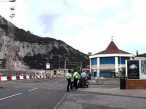 |
 |
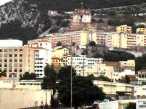 |
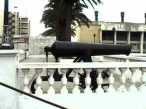 |
| Gibraltar |
Gibraltar |
Gibraltar |
Gibraltar |
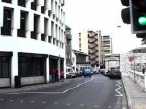 |
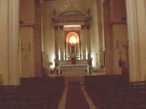 |
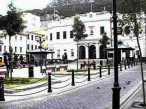 |
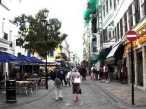 |
| Gibraltar |
Gibraltar |
Gibraltar |
Gibraltar |
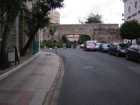 |
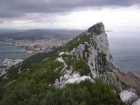 |
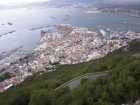 |
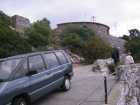 |
| Gibraltar |
Gibraltar |
Gibraltar |
Gibraltar |
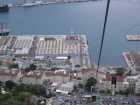 |
 |
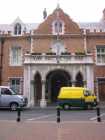 |
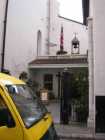 |
| Gibraltar |
Gibraltar |
Gibraltar |
Gibraltar |
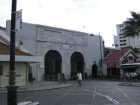 |
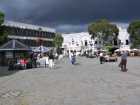 |
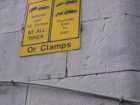 |
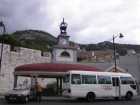 |
| Gibraltar |
Gibraltar |
Gibraltar |
Gibraltar |

Site
Index
Back to Top
Photos Index
Thanks for coming, I hope you
have enjoyed it, will recommend
it to your friends, and will come
back later to see my site developing
and expanding.
I'm trying to make my pages
enjoyable and trouble free for everyone,
please let me know of any mistakes
or trouble with links, so I can
fix any problem as soon as possible.
These pages are best viewed with monitor
resolution set at 640x480 and kept simple
on purpose so everyone can enjoy them
across all media and platforms.
Thank you.
You can e-mail me at
Webmaster

|